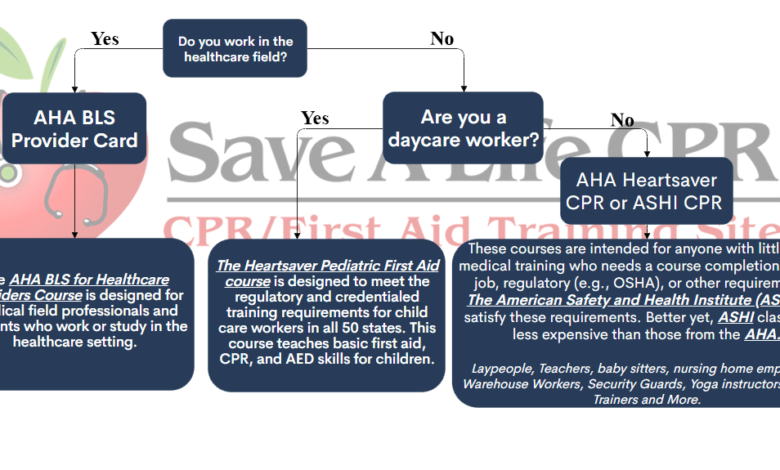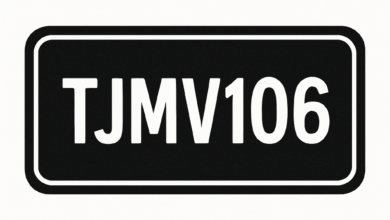How is BLS Certification Different from CPR Certification?

A surprising survey revealed startling gaps in BLS certification knowledge. Only 12% of people had an adequate understanding of BLS, while 55% showed intermediate knowledge and 32% lacked sufficient awareness. This highlights the need for a better understanding of life-saving techniques, including BLS and CPR certification.
Many people confuse BLS with CPR, unaware of their distinct purposes and applications. While BLS and CPR certifications have different scopes, applicability, and target audiences, both are crucial. Let us explore both certifications to help you choose.
Understanding BLS and CPR: Definitions and Objectives
In the realm of emergency medical response, two certifications stand out: BLS and CPR. These life-saving techniques share some similarities but differ in scope and application. Let’s explore what each certification entails and who typically seeks them.
BLS Certification
BLS (Basic Life Support) certification teaches a range of emergency skills. BLS training covers CPR, AED (Automated External Defibrillator) usage, and how to assist choking adults, children, and infants. The primary objective is to maintain circulation, clear airways, and support breathing. BLS certification is usually required for doctors, nurses, and EMTs.
CPR Certification
Cardiopulmonary Resuscitation (CPR) certification focuses on restoring blood flow and breathing in a person who has suffered cardiac arrest.
Although many medical personnel learn CPR, this is not exclusive to them. Many professionals also receive this training from various fields, like educators, coaches, and daycare providers. Learning CPR helps common people intervene during emergencies and save lives.
Detailed Curriculum Comparison
Though they have different depths and breadth, BLS and CPR courses teach life-saving techniques. BLS offers more, while CPR sticks to the basics. Let’s compare their content and unique parts.
BLS Curriculum
BLS training is extensive. Students learn rescue breaths and chest compressions for all age groups. They perform extensive research on AED usage, understanding when and how to use it effectively. Teamwork is also emphasized; BLS students practice clear communication and seamless collaboration in emergencies. The course covers specific scenarios like drug overdose or drowning, equipping individuals to handle a variety of emergencies.
CPR Curriculum
CPR training concentrates on fundamental resuscitation techniques. Students master chest compressions, learning the right rhythm and depth. Most CPR courses now also include basic AED training. The focus remains on these core skills, with students practicing on mannequins of various sizes to simulate real-life situations.
Unique Elements
BLS stands out for its emphasis on healthcare settings. It addresses employing bag-valve masks and advanced airway management. Team scenarios imitate medical crises, thereby preparing professionals for real crises. On the other hand, CPR emphasizes simplicity. It often incorporates hands-only CPR, a technique not usually taught in BLS. Some CPR classes also include fundamental first aid, including burn or cut treatment. These elements allow every course to be specifically fit for its intended use.
When to Choose BLS or CPR
Your career, objectives, and personal needs should determine whether you pursue BLS or CPR certification. Each qualification offers unique benefits tailored to different individuals. Let’s discuss who should obtain each certification and the reasons behind those choices.
Target audience
BLS is best suited for healthcare professionals. EMTs, nurses, and doctors all require this more comprehensive instruction. It is also beneficial for some instructors and lifeguards. For almost everyone else, CPR is appropriate. CPR skills can be helpful for parents, office workers, retail clerks, and others. If you spend a lot of time among people, knowledge of cardiopulmonary resuscitation (CPR) will allow you to save lives.
Career Paths
BLS opens opportunities in emergency services and healthcare. Hospitals, clinics, and ambulance crews often require it. CPR is also valuable in many jobs. Childcare providers, coaches, and teachers typically need CPR certification. Some companies even provide CPR training to their staff as an additional safety measure in the workplace.
Personal Preparedness
Both certifications increase your capacity to provide emergency assistance. BLS equips you with professional-level skills for major medical emergencies. CPR trains you to respond quickly if someone’s heart stops. In any case, you will feel better prepared to assist when others need it.
Making Your Choice: BLS, CPR, or Both?
Saving lives depends greatly on BLS certification and CPR training. Your decision will depend on your career, personal aspirations, and desire to help others. Whether you need BLS for a healthcare role or CPR to be prepared for emergencies, taking action is crucial. Are you eager to get certified? Don’t wait; empower yourself to make a difference when it counts the most.



